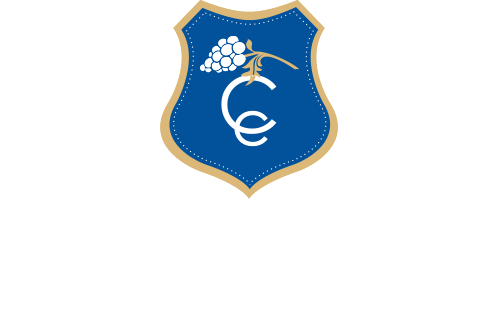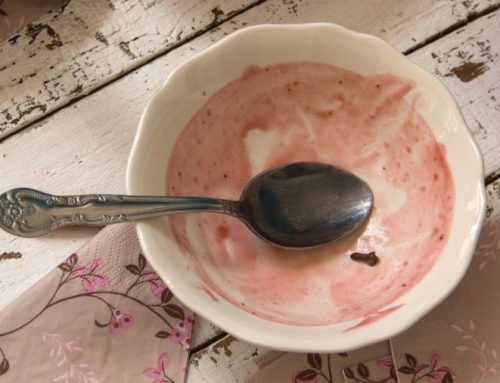While it is safer to add active dry yeasts to carry out alcoholic fermentation, consumer demand to regain more naturalness and limit the addition of inputs is pushing more and more winemakers to use so-called “native” yeasts.
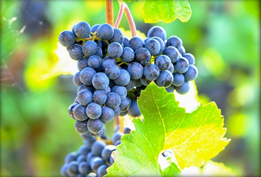
Yeasts are indeed naturally present on the bloom of the grapes. These are yeasts that are not or only slightly capable of degrading sugars into alcohol, called “non-Saccharomyces“.
A multitude of species (Aureobasidium pullulans, Cryptococcus spp., Rhodotorula spp., Candida spp., Hanseniaspora spp., Pichia spp., Metschnikowia spp., Torulaspora spp, Zygosaccharomyces spp., Lachancea spp., Pichia spp.) in contrast to Saccharomyces cerevisiae, a species also found in nature and queen of the fermentation of wine, beer and bread.
On organically grown grapes, the majority will be oxidative yeasts such as Aureobasidium pullulans type, a specie resistant to copper and sulphur and with no fermentation capacity. On grapes from conventional agriculture, Hanseniaspora uvarum will predominate (75%), with the ability to initiate fermentation but recognized as producers of volatile acidity and ethyl acetate.
Only 1% of Saccharomyces cerevisiae is found on ripe grape berries. This proportion will increase for overripe grapes and grapes affected by Botrytis cinerea, which may represent up to 25% of the yeast consortium.
In terms of diversity, biodynamic grapes are the most abundant. On the other hand, between grapes from organic and conventional agriculture, it is difficult to establish a trend as the results of studies realized around the world are contradictory.
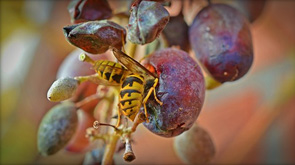
The Saccharomyces cerevisiae involved in spontaneous alcoholic fermentation are generally those from the cellar environment : buildings and wine-making equipment. Their presence in the cellar is the result of colonization by grapes, insects, humans, wind or other way of dissemination. Their establishment in the cellar is the result of their adaptation and their ability to withstand such an environment. In terms of colonisation flows between the vineyard and the cellar, the trend would be more (contrary to popular belief) from the cellar to the vineyard than the opposite. For this reason, there is more similarity between the yeasts present in the cellar and those of the grapes near the same cellar.
These fermenting yeasts found in the cellars are neither specific to a region nor to a winery and are found on a recurring basis over several successive vintages within the same winery.
Passively letting a grape must ferment by letting the yeast(s) from the vineyard and/or cellar settle and then take turns or cohabit according to the stages of fermentation can represent an excessive risk. This amounts to leaving too much room for uncertainty and the possible appearance of aromatic and organoleptic defects even if it is true that certain defaults can sometimes give a crazy charm!
In the case of fermentations using native yeast, it is therefore preferable to carry out a pre-selection by making a yeast starter making it possible to inoculate a yeast in perfect health, with the strain or strains most adapted to the fermentation conditions. The yeast starter also allows on a small volume of grapes to evaluate whether the yeasts present are vectors of flaws or not by tasting.
Protocol for the preparation of a yeast starter of indigenous yeasts :
Etape 1 : Harvest grapes one week before picking the grapes to be started in fermentation.
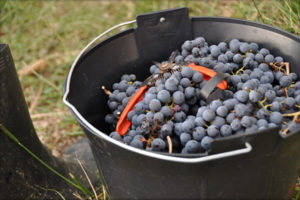
Collect the grapes up to 3% of the volume of the tank to be started in fermentation, giving priority to the plots near the winery. Choose grapes with limited acidity (pH >3.2), perfect sanitary health (without grey rot).
Step 2 : Engaging the yeast starter
Pressing of the grapes. Sulfiting of the juice at 3g/hl to eliminate the most sensitive microorganisms, including bacteria and mould. Take a sample for analysis of available nitrogen. Inert the must in the tank. Adjust the temperature of the must to 25°C. Provide nitrogen to the yeasts if necessary and oxygen.
Step 3 : Monitoring of the yeast starter
Read density and temperature morning and evening. Tasting, counting of yeasts under the microscope before use. It is also advisable to check the absence of Brettanomyces bruxellensis in the yeast starter by performing a rapid result analysis (PCR) and measuring volatile acidity.
Step 4 : Incorporation of the yeast starter into the grapes harvested at maturity
Incorporation of the yeast starter in full fermentation activity (density around 1040) into the tank to be started in fermentation, beware of thermal shock! Carry out a homogenisation pumping over.
Yeasts are indeed naturally present on the bloom of the grapes. These are yeasts that are not or only slightly capable of degrading sugars into alcohol, called “non-Saccharomyces“.

A multitude of species (Aureobasidium pullulans, Cryptococcus spp., Rhodotorula spp., Candida spp., Hanseniaspora spp., Pichia spp., Metschnikowia spp., Torulaspora spp, Zygosaccharomyces spp., Lachancea spp., Pichia spp.) in contrast to Saccharomyces cerevisiae, a species also found in nature and queen of the fermentation of wine, beer and bread.
On organically grown grapes, the majority will be oxidative yeasts such as Aureobasidium pullulans type, a specie resistant to copper and sulphur and with no fermentation capacity. On grapes from conventional agriculture, Hanseniaspora uvarum will predominate (75%), with the ability to initiate fermentation but recognized as producers of volatile acidity and ethyl acetate.
Only 1% of Saccharomyces cerevisiae is found on ripe grape berries. This proportion will increase for overripe grapes and grapes affected by Botrytis cinerea, which may represent up to 25% of the yeast consortium.
In terms of diversity, biodynamic grapes are the most abundant. On the other hand, between grapes from organic and conventional agriculture, it is difficult to establish a trend as the results of studies realized around the world are contradictory.
The Saccharomyces cerevisiae involved in spontaneous alcoholic fermentation are generally those from the cellar environment : buildings and wine-making equipment. Their presence in the cellar is the result of colonization by grapes, insects, humans, wind or other way of dissemination. Their establishment in the cellar is the result of their adaptation and their ability to withstand such an environment. In terms of colonisation flows between the vineyard and the cellar, the trend would be more (contrary to popular belief) from the cellar to the vineyard than the opposite. For this reason, there is more similarity between the yeasts present in the cellar and those of the grapes near the same cellar.

These fermenting yeasts found in the cellars are neither specific to a region nor to a winery and are found on a recurring basis over several successive vintages within the same winery.
Passively letting a grape must ferment by letting the yeast(s) from the vineyard and/or cellar settle and then take turns or cohabit according to the stages of fermentation can represent an excessive risk. This amounts to leaving too much room for uncertainty and the possible appearance of aromatic and organoleptic defects even if it is true that certain defaults can sometimes give a crazy charm!
In the case of fermentations using native yeast, it is therefore preferable to carry out a pre-selection by making a yeast starter making it possible to inoculate a yeast in perfect health, with the strain or strains most adapted to the fermentation conditions. The yeast starter also allows on a small volume of grapes to evaluate whether the yeasts present are vectors of flaws or not by tasting.
Protocol for the preparation of a yeast starter of indigenous yeasts :

Step 1 : Harvest grapes one week before picking the grapes to be started in fermentation.
Collect the grapes up to 3% of the volume of the tank to be started in fermentation, giving priority to the plots near the winery. Choose grapes with limited acidity (pH >3.2), perfect sanitary health (without grey rot).
Step 2 : Engaging the yeast starter
Pressing of the grapes. Sulfiting of the juice at 3g/hl to eliminate the most sensitive microorganisms, including bacteria and mould. Take a sample for analysis of available nitrogen. Inert the must in the tank. Adjust the temperature of the must to 25°C. Provide nitrogen to the yeasts if necessary and oxygen.
Step 3 : Monitoring of the yeast starter
Read density and temperature morning and evening. Tasting, counting of yeasts under the microscope before use. It is also advisable to check the absence of Brettanomyces bruxellensis in the yeast starter by performing a rapid result analysis (PCR) and measuring volatile acidity.
Etape 4 : Incorporation of the yeast starter into the grapes harvested at maturity
Incorporation of the yeast starter in full fermentation activity (density around 1040) into the tank to be started in fermentation, beware of thermal shock! Carry out a homogenisation pumping over.
